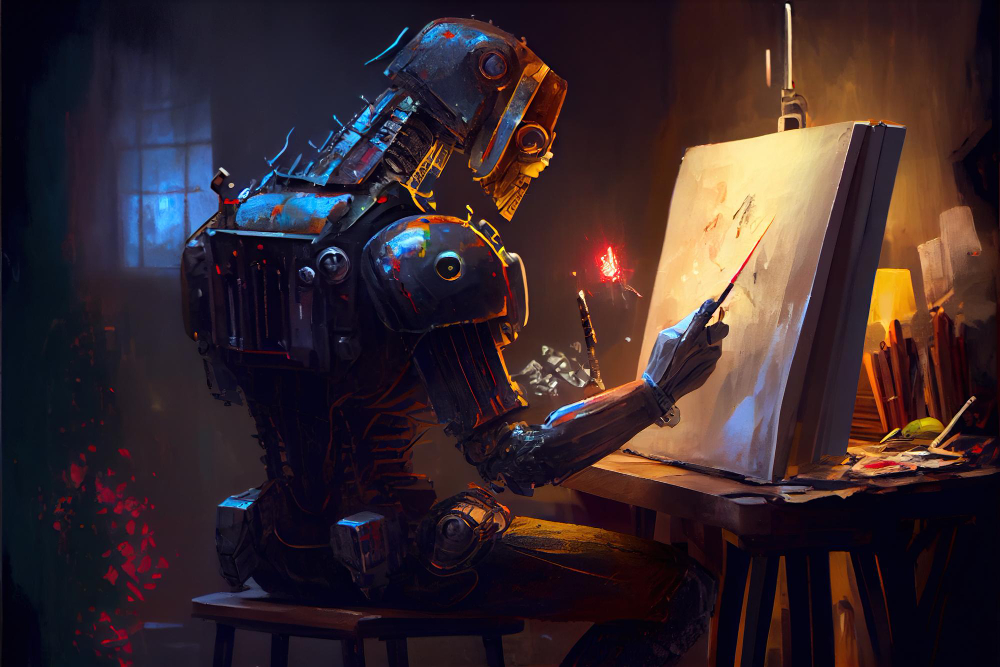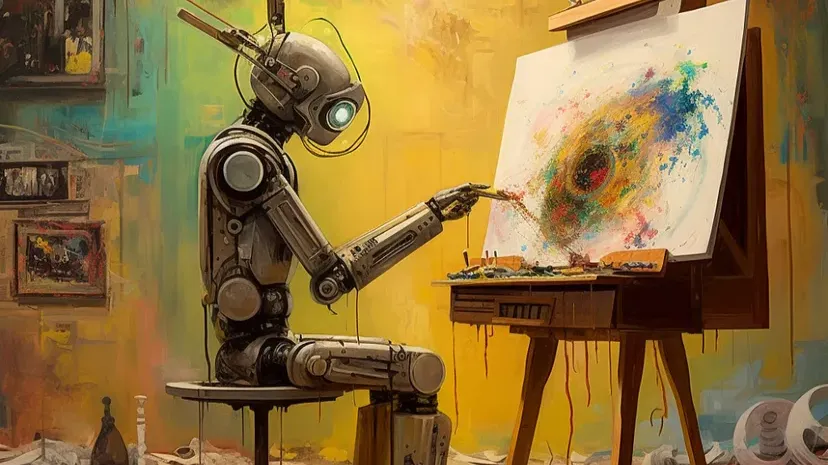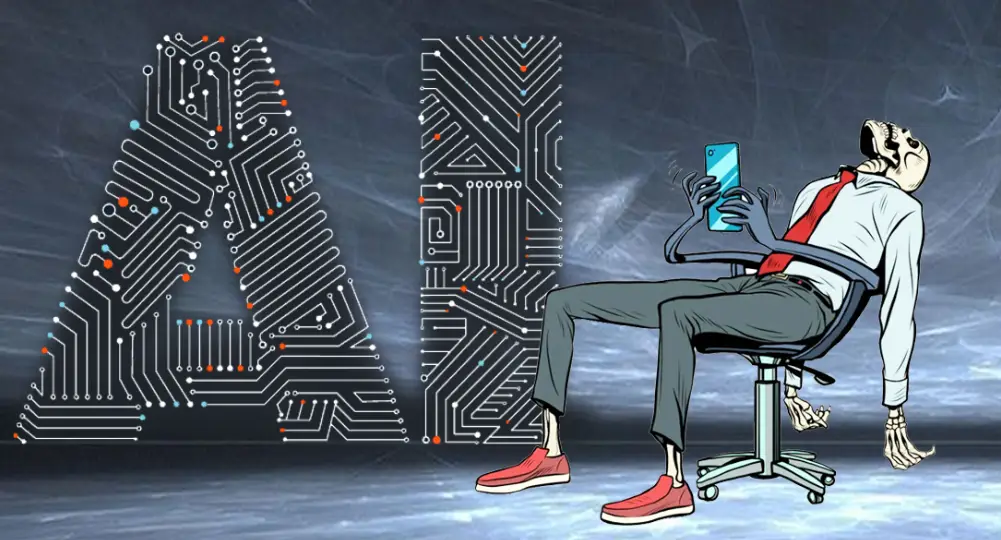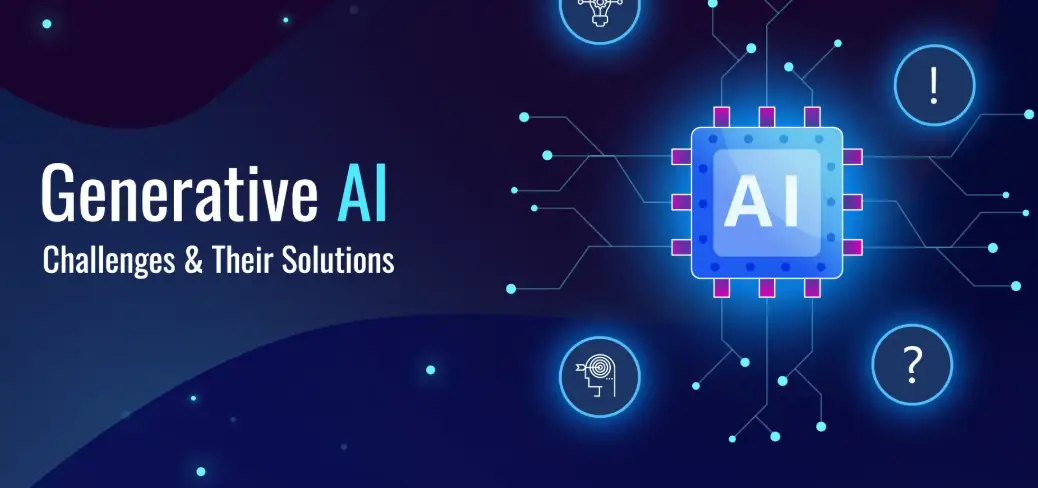Artificial Intelligence (AI) is rapidly changing the art world, creating new opportunities and raising unique challenges. Understanding these challenges is essential as AI becomes more involved in artistic creation, curation, and distribution.
What are the Challenges of AI in Art?
AI in art involves using algorithms and machine learning to generate, analyze, or assist in creating artwork. While AI can produce impressive results, it brings several ethical, legal, and creative concerns.
Key Challenges in AI and Art
Authenticity and Originality:
When AI creates art, questions arise about who the true artist is. Is it the algorithm, the programmer, or the person who provided the input? Determining ownership and authorship becomes complicated.
Copyright Issues:
AI systems often learn from existing works, raising concerns about copyright infringement. If an AI model is trained on protected art, the originality of its outputs is questionable, leading to potential legal disputes.
Loss of Human Touch:
Some critics argue that AI-generated art lacks the emotional depth and intentionality that come from human experiences. The concern is that relying too much on AI may lead to art that feels less personal and meaningful.
Bias in AI Algorithms:
AI systems can inherit cultural or historical biases present in the data they are trained on. This may result in the reinforcement of stereotypes or the exclusion of certain artistic styles and voices.
Valuation and Market Impact:
It is challenging to assess the value of AI-generated art. Traditional art markets rely on the reputation and history of the artist, but AI disrupts these criteria, creating uncertainty in pricing and investment.
Ethical Considerations:
The use of AI in replicating the style of famous artists raises ethical questions about imitation and exploitation. It also sparks debates about the role of creativity and whether AI can truly “create” in the human sense.
Conclusion
AI in art opens new creative frontiers but also presents complex challenges around ownership, authenticity, and ethics. Balancing technological innovation with respect for human creativity and legal boundaries is essential for the responsible growth of AI in the art world.






Leave feedback about this